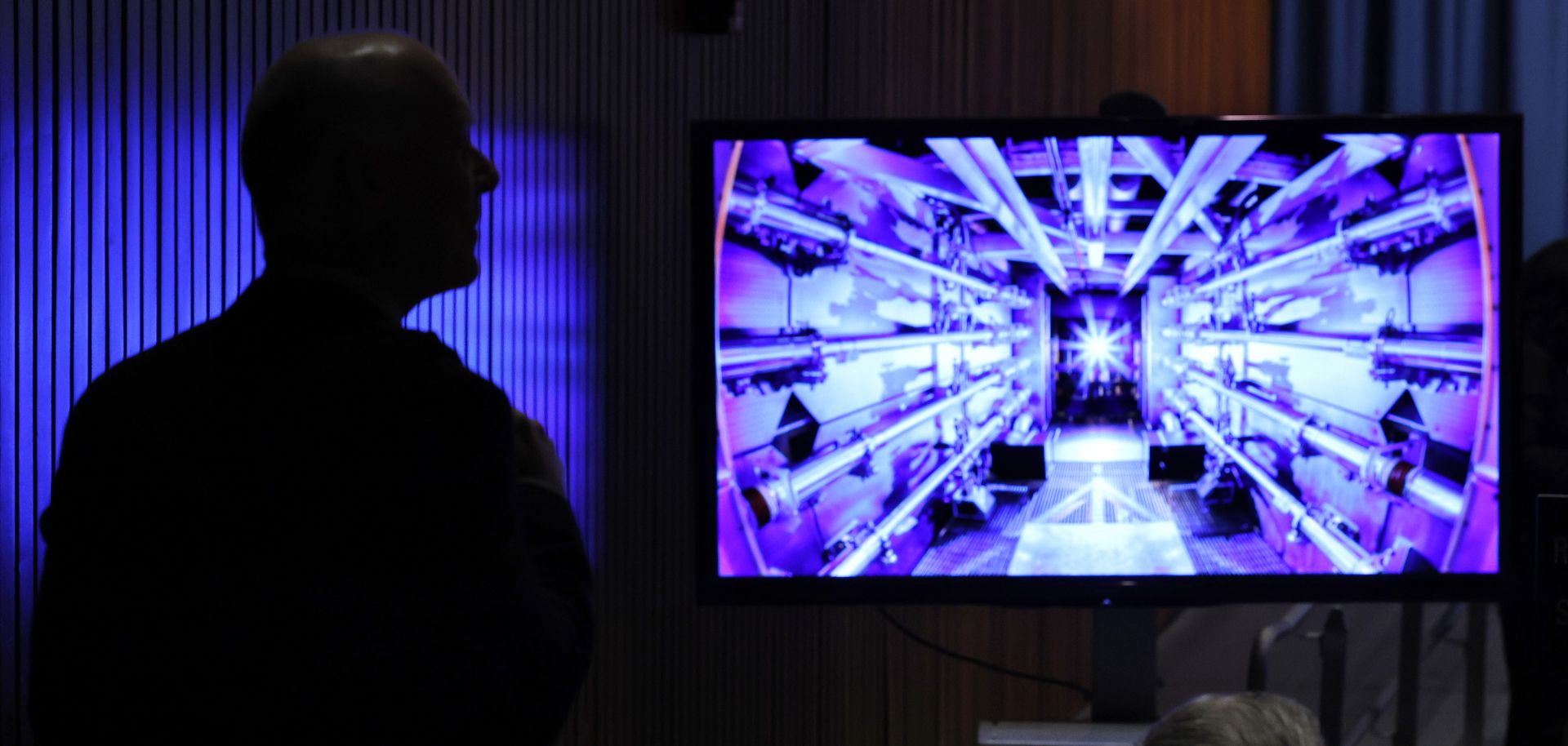Nuclear fusion research and development may reach a watershed moment over the next five to 10 years that results in fusion being a plentiful zero-carbon energy source, even if widespread commercialization may not occur until the second half of the century. On Dec. 13, 2022, the U.S. Department of Energy announced that it had achieved fusion ignition in a Dec. 5 experiment at the National Ignition Facility (NIF) at the Lawrence Livermore National Laboratory in California. This is the first time scientists have achieved ignition -- the point at which the energy released from a self-sustaining fusion reaction is more than the energy used to create the reaction. In the more than 100 years since astronomer Arthur Eddington postulated in 1920 that a fusion reaction was the source of energy for the sun, scientists have been tantalized by fusion as an energy source. Today, the benefits are clear: fusion produces...

